Luv it; AI (more than any other technology) as well as Gene editing needs diversity in order to have relevance in the world.
We need Black intellligence.
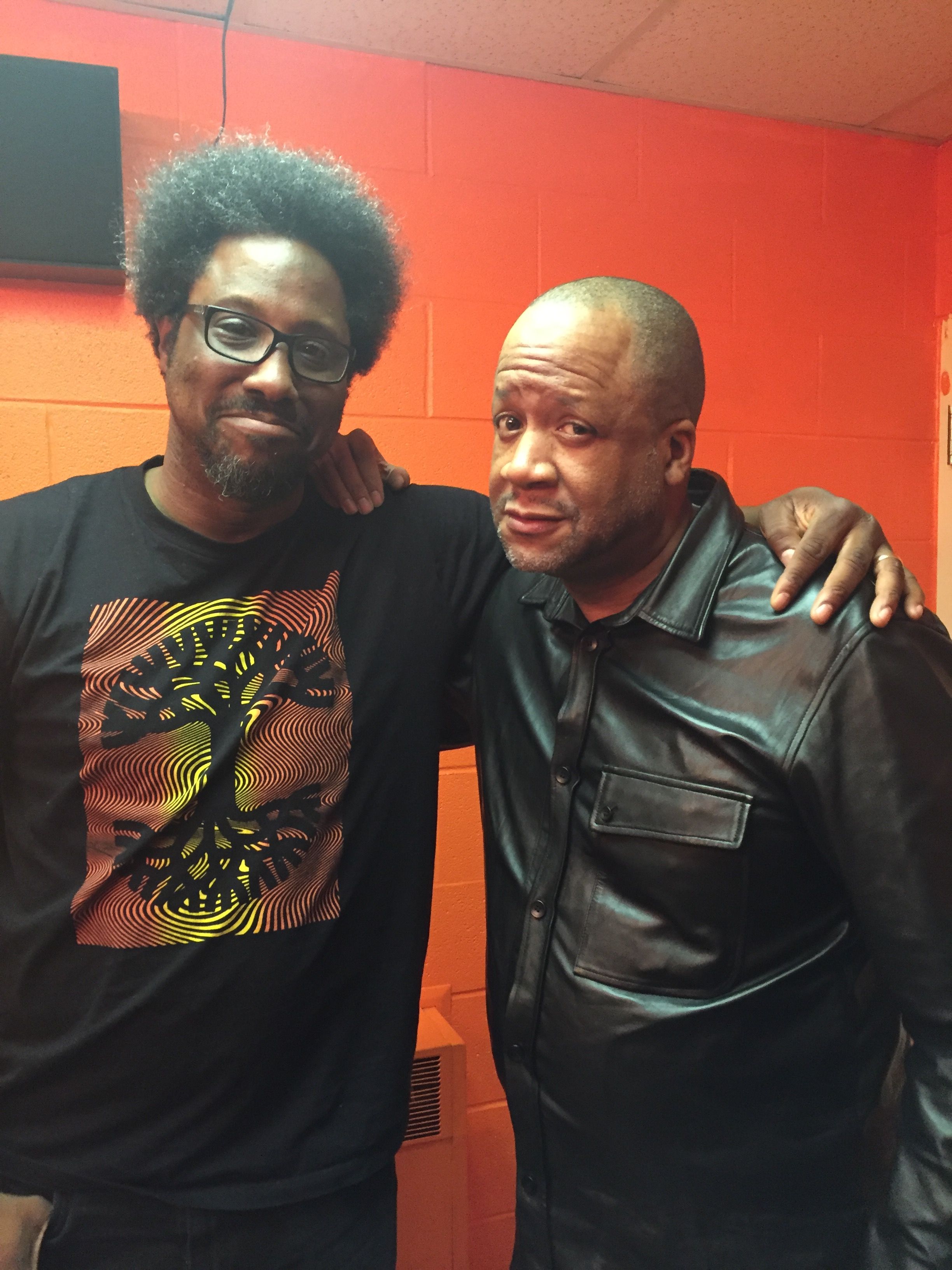

Many folks talk about the whole AI revolution; and indeed it does change some things and opens the door the for opportunities. However, has it truly changed the under lying technology? No; AI is still reliant on existing digital technology. The real tech revolution will come in the form of Quantum tech over the next 7 to 8 years; and it will change everything in our lives and industry. Quantum will change everything that we know about technology including devices, medical technologies, communications including the net, security, e-currency, etc. https://lnkd.in/bJnS37r
If you were born in the 1970s or 1980s, you probably remember the Jetsons family. The Jetsons are to the future what the Flintstones are to the past. That futuristic lifestyle vision goes back several decades; self-driving vehicles, robotic home helpers and so on. What looked like a cartoon series built on prolific imagination seems somewhat more real today. Newly developed technologies are becoming available and connecting everything to the internet. This is the-internet-of-things era.
These ‘things’ are not new. They are just standard devices – lights, garage doors, kitchen appliances, household appliances – equipped with a little intelligence. Intelligence that is possible thanks to three emerging technologies: sensors to collect information from surroundings; the ability to control something; and communication capability allowing devices to talk to each other.
Think of cars that park on their own or that brake automatically to avoid a collision; smart assistants that will notify you to leave early for a calendar appointment in case heavy traffic en route; or a robotic vacuum cleaner that starts cleaning once everyone has left the house. This is the Jetsons’ kind of future.
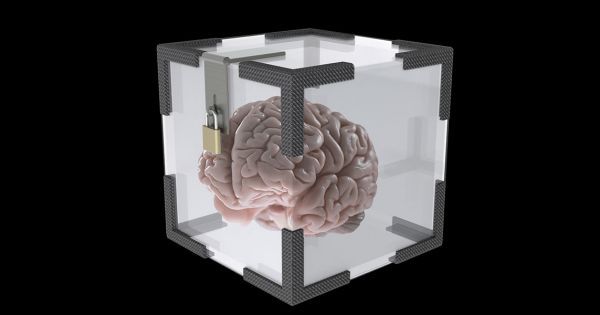

How the human brain processes the words we hear and constructs complex concepts is still somewhat of a mystery to the neuroscience community. Transcranial direct current stimulation (tDCS) can alter our language processing, allowing for faster comprehension of meaningful word combinations, according to new research from the department of Neurology the Perelman School of Medicine at the University of Pennsylvania. The work is published in the Journal of Neuroscience.
“Integrating conceptual knowledge is one of the neural functions fundamental to human intelligence,” said the study’s first author Amy Price, a neuroscience graduate student at Penn. “For example, when we read or listen to a sentence, we need to combine, or integrate, the meaning of the words to understand the full idea of the sentence. We perform this process effortlessly on a daily basis but it is quite a complex process and little is known about the brain regions that support this ability.”
Semantic memory is our stored knowledge about the world, such as the meaning of words and objects. “We sought to understand how and in what part of the brain semantic representations are integrated into more complex ideas” said senior author Roy Hamilton, MD, MS, an assistant professor in the departments of Neurology and Physical Medicine & Rehabilitation, and director of the Laboratory for Cognition and Neural Stimulation at Penn. Recent findings from functional MRI scans (fMRI) and magnetoencephalography (MEG) have suggested the angular gyrus, a region of the brain known to be involved in language, number processing and spatial cognition, memory retrieval and attention, as a potential hub for semantic memory integration, specifically the left angular gyrus.
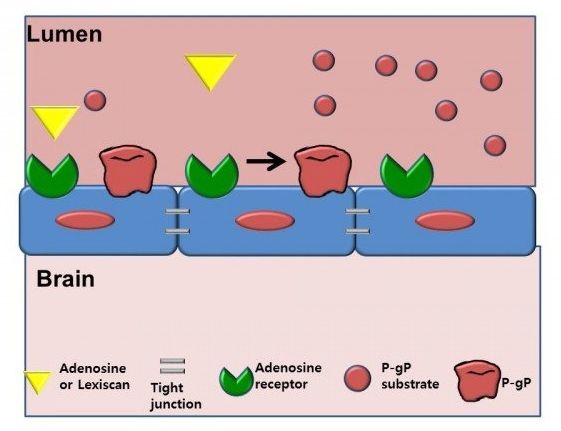
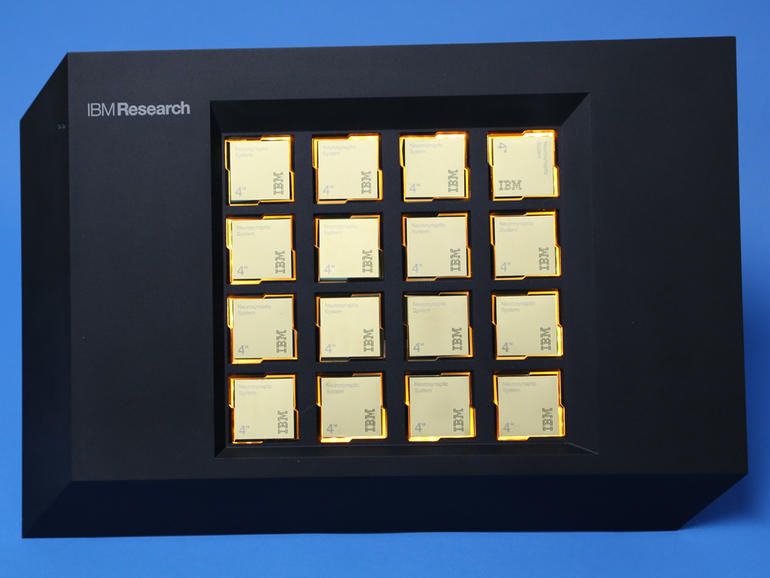
I see great potential for the TrueNorth chip as we migrate towards Quantum & Singularity. TrueNorth is an interim chip that assists researchers, engineers, etc. in their efforts to mimic the human brain’s nuero sensors and processing for robotics, BMI technology, etc.
The new IBM supercomputer chip mimics the human brain by using an architecture with 1 million neurons. Nevertheless, its true purpose remains in question for a project with massive public funding.
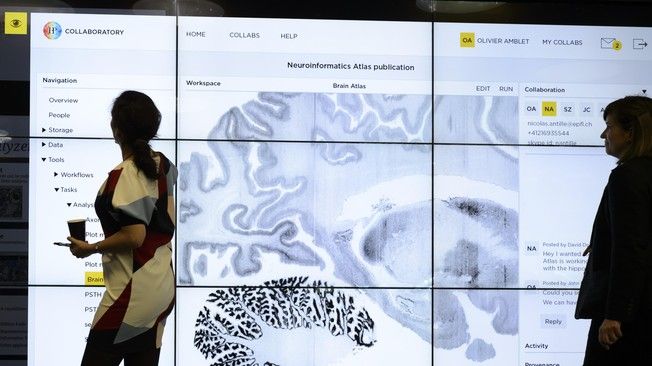
30.03.16 — Public Release of Platforms Will Help Advance Collaborative Research in Neuroscience, Medicine, and Computing
The Human Brain Project (HBP) is pleased to announce the release of initial versions of its six Information and Communications Technology (ICT) Platforms to users outside the Project. These Platforms are designed to help the scientific community to accelerate progress in neuroscience, medicine, and computing.
The Platforms released today consist of prototype hardware, software tools, databases and programming interfaces, which will be refined and expanded in a collaborative approach with users, and integrated within the framework of a European Research Infrastructure. The public release of the Platforms represents the end of the Ramp-Up Phase of the HBP and the beginning of the Operational Phase.
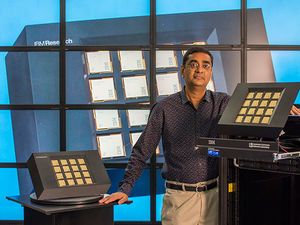

Our sponsors provide financial support for this website. We endeavour to give our sponsors the opportunity to communicate their messages in placements that are clearly demarcated. Such placements are clearly labelled as Advertisement, Advertisement feature, Sponsored content, Sponsor’s perspective, “Brought to you by” the sponsor or words to that effect. Occasionally, we group together content from various sources relating to the same topic. In cases where content from The Economist Group is included, it will be clearly labelled as from The Economist or Economist Intelligence Unit. At all times there is a clear division between our editorial staff and sponsors, and sponsors are never allowed to influence what our editorial teams write. Sponsors are solely responsible for their content, and their views do not necessarily reflect those of The Economist.